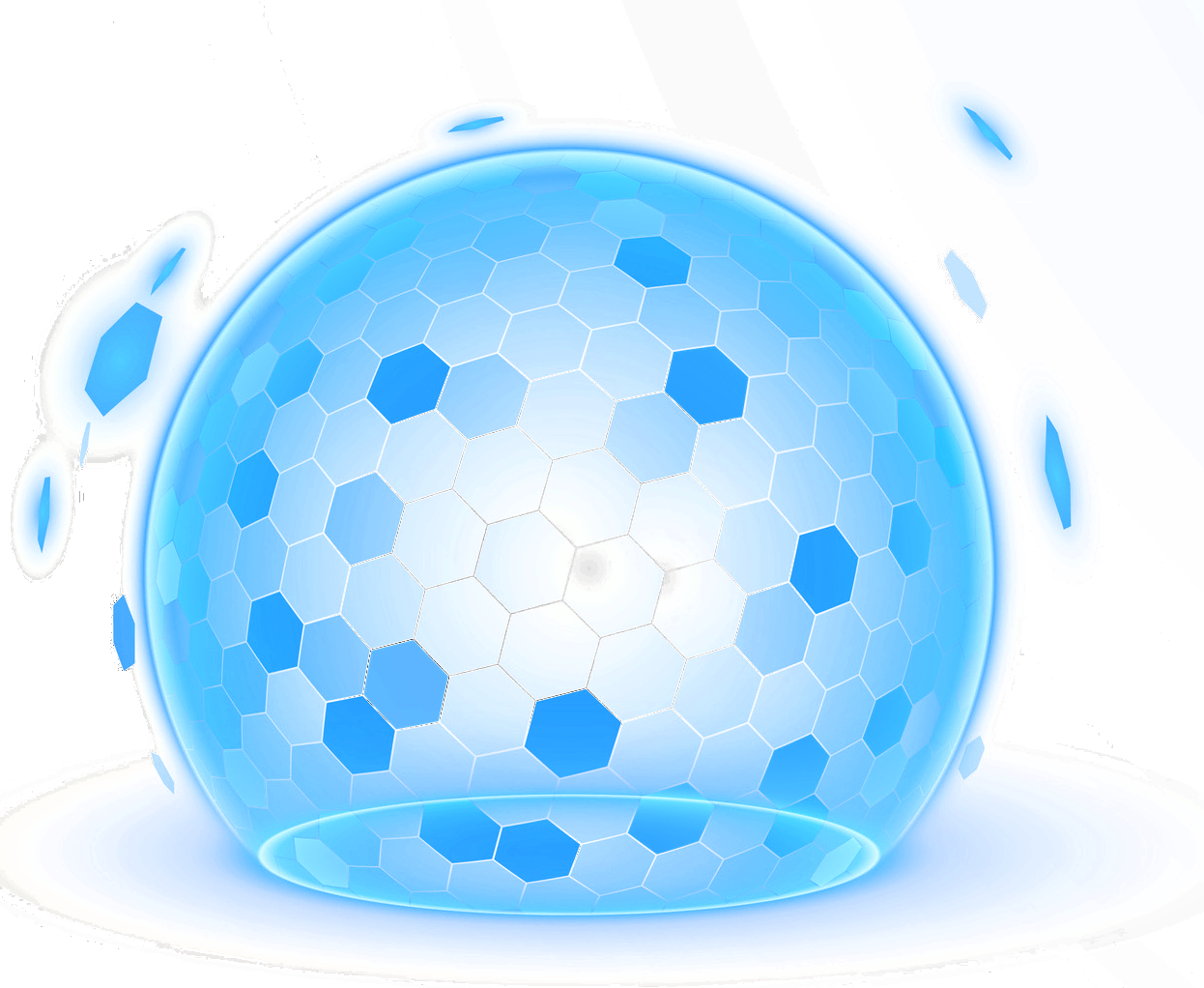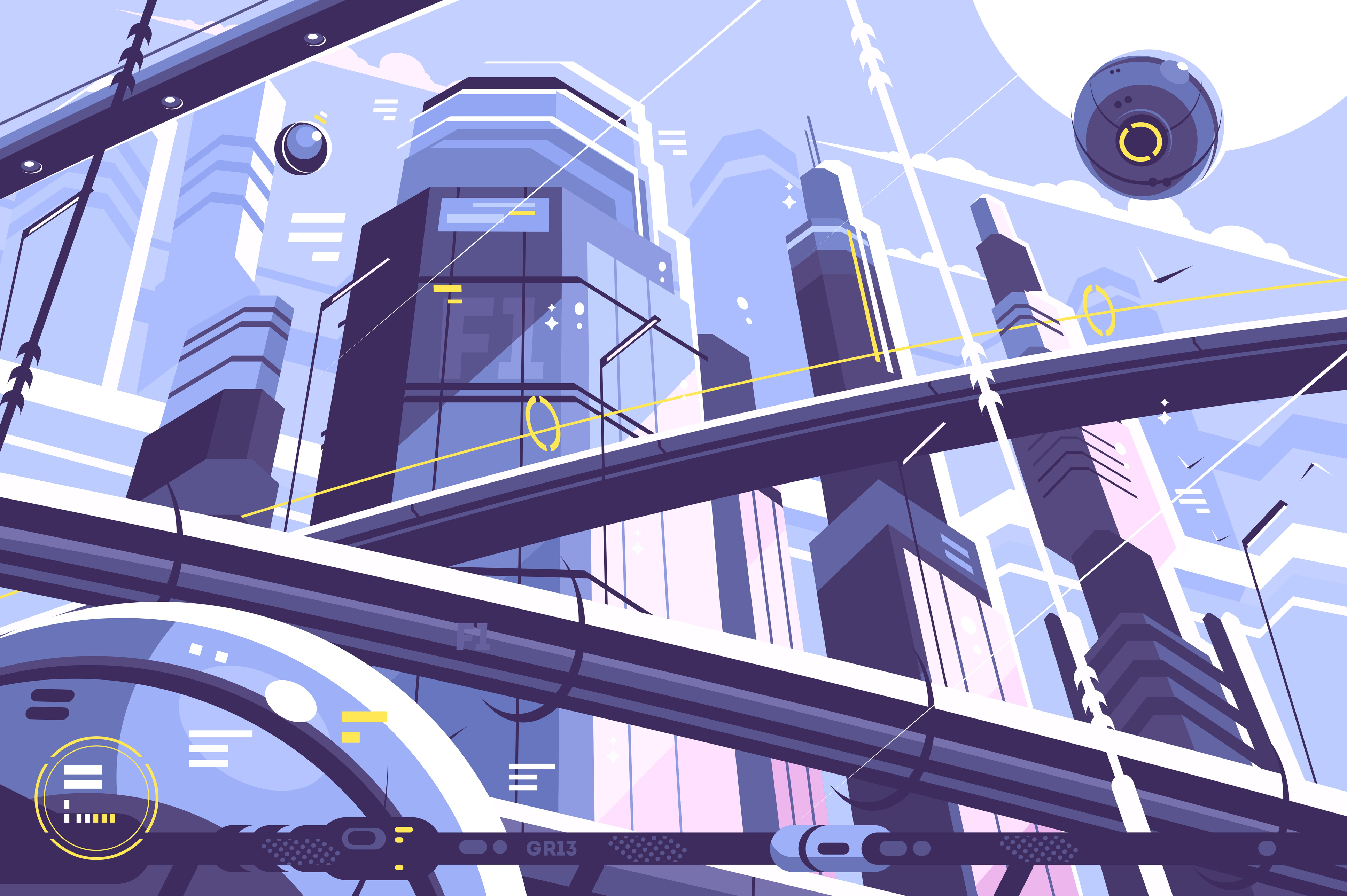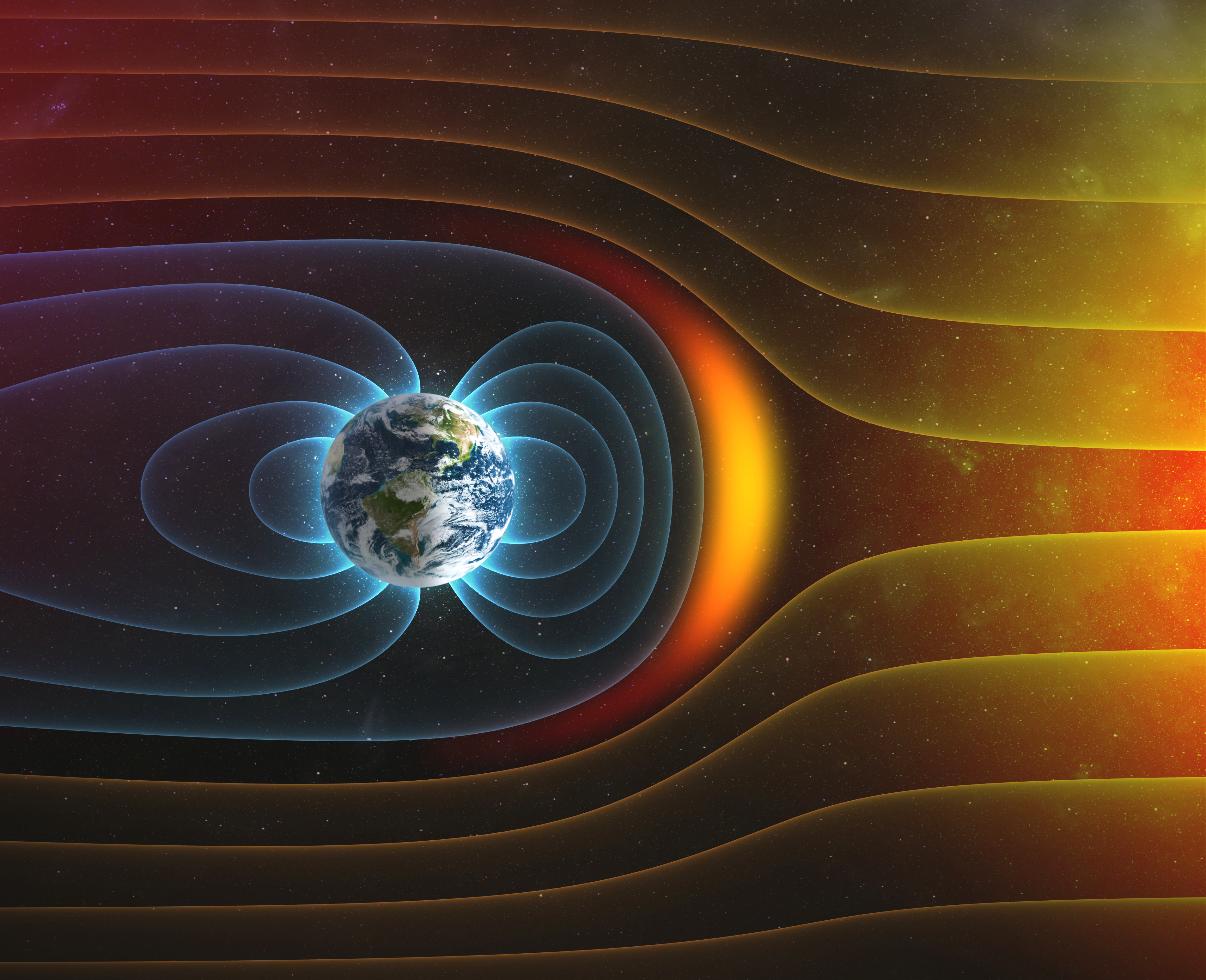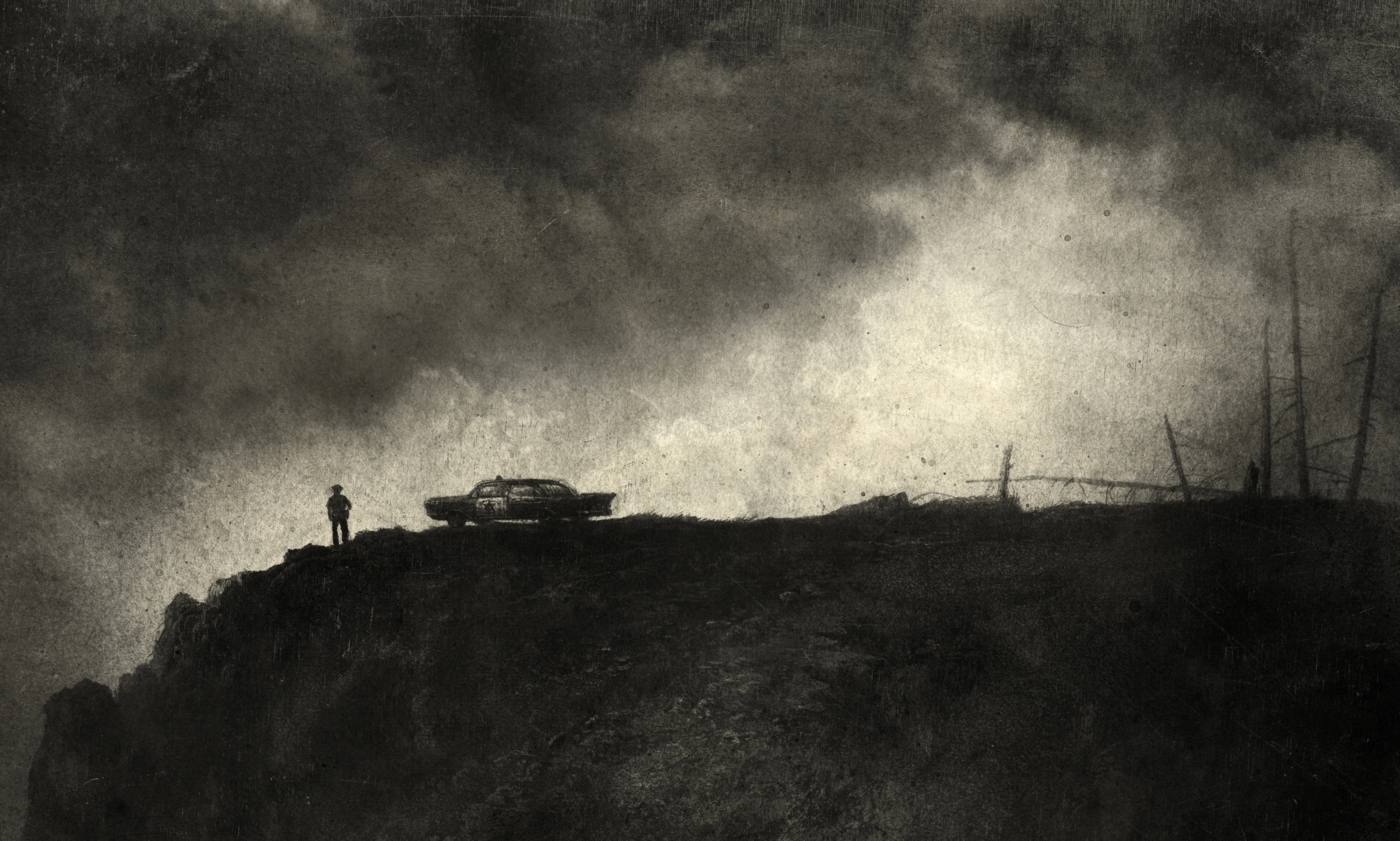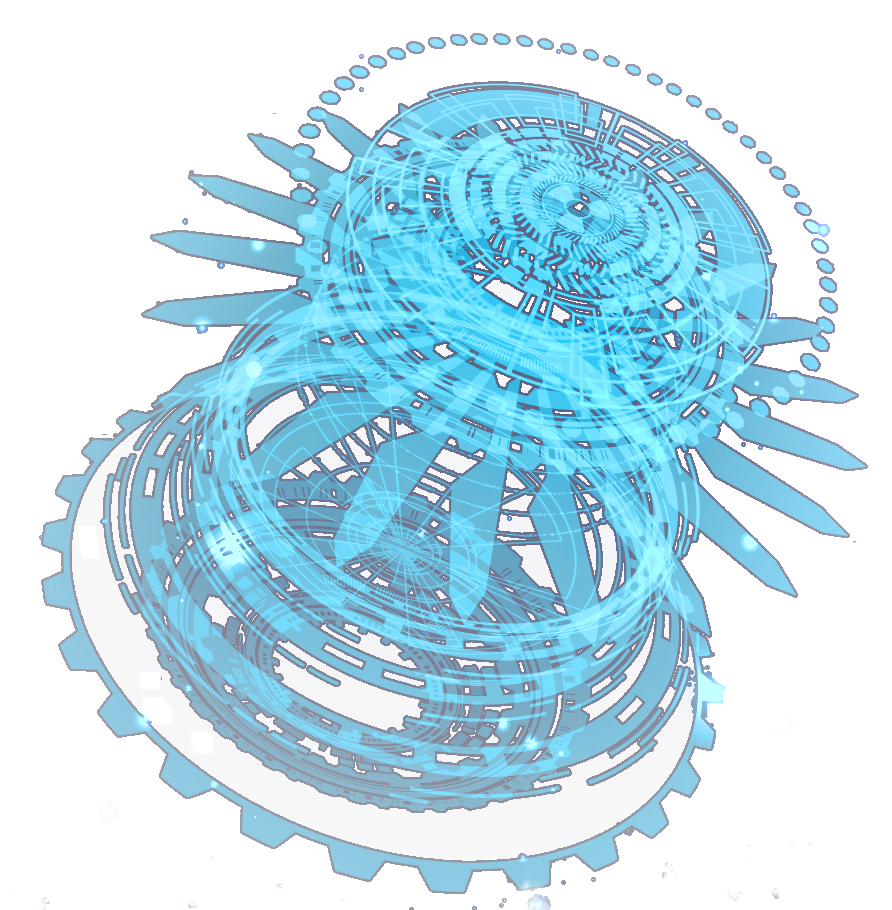
2033: Commercially Viable Fusion Energy
In 2033, a new alloy, Kelvinium, is discovered. It works like an incredibly efficient solar panel, but is tuned to the infrared frequencies of light: those we perceive as heat. Thanks to this property, Kelvinium becomes the new best way to convert heat into electricity, and vice versa.
This invention allows fusion reactors to finally reach a positive yield of 2%, making them commercially viable. Construction began the same year, and completed 6 years later in 2039.
